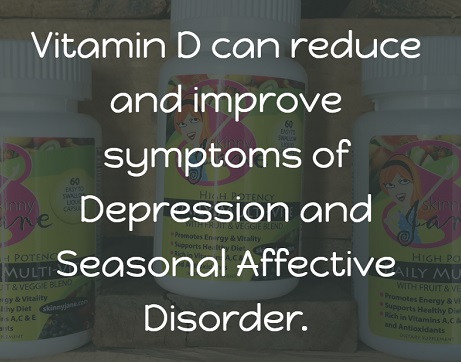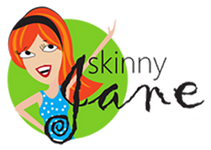Let's go over your fall-winter checklist... Pumpkin Spice Latte, cozy scarf, boots, cardigans, and a portable heater? Check, check, check, check, and check! Now what about your vitamins, exercises, or full spectrum light bulb? With the shorter days and cooler temperatures the fall and winter months result in less activity and less exposure to sunlight which along with genetics and sleep patterns can affect your mood. This phenomenon is knows as Season Affective Disorder or SAD. Depending on the region, 10% of the population is affected by SAD and up to 20% of recurrent depression episodes can be traced with seasonal patterns.
While there is no magic medicine to treat SAD, especially if you have a personal or family history of depression, there are steps you can take to lessen the symptoms and improve your mental and physical health throughout the cooler months. Please note, if you do experience Seasonal Affective Disorder reach out to a person you trust and seek medical help if needed.
1. Take a Vitamin D supplement or multi-vitamin - Vitamin D has long been touted as the "sunshine vitamin". This is because sunshine helps our body synthesize (make) Vitamin D. In the summer sunlight touches our skin, helping produce Vitamin D but in the fall and winter months we are largely covered and less sunlight reaches the skin. Supplementing If you do not already, taking a Vitamin D supplement has been shown to have an affect on mood by boosting chemicals in the brain such as serotonin. Skinny Jane Daily Multi-Vites contain 250% of your daily recommended amount of Vitamin D as well as other vitamins and minerals to improve overall health.

2. Exercise - "Runners High" is real. Exercise releases chemicals that boost mood and can improve outlook. Try to get 30 minutes a day. Join a group class to encourage interaction and also hold you accountable. It may even be worth squeezing a workout in twice a day, think 15 minutes in the morning and 15 minutes in the evening. Because SAD is similar to depression you may not feel like you have the energy or will to get up and move. Confide in a friend or family member to motivate you.
3. Light Therapy - The leading treatment for Seasonal Affective Disorder, light therapy is becoming a popular at-home method to help reduce symptoms of and treat SAD. During light therapy a person places their head in front of a full-spectrum light bulb protected by a UV shield. There is research on time-of-day and also the color of shield a person uses. If you feel you could benefit from light therapy meet with your doctor to discuss options and maybe try a few before buying your own therapy set-up.
4. Cognitive Behavioral Therapy - If you have tried Vitamin D, exercise, and light therapy but still feel depressed Cognitive Behavioral Therapy or (CBT) may be the best option. Studies actually find a combination of therapies is the best option. CBT is a short-term and goal oriented therapy. Perfect for those experiencing SAD and it typically enters remission in spring.
We hope you find this information useful as we enter the cooler months. Please, share with friends or family members who suffer from any symptoms of SAD. From a mild case of "winter blues" to more noticeable symptoms including demotivation or withdrawing. Discuss this article and treatments over a pumpkin spice latte ;-).
Sources: National Institutes of Health


